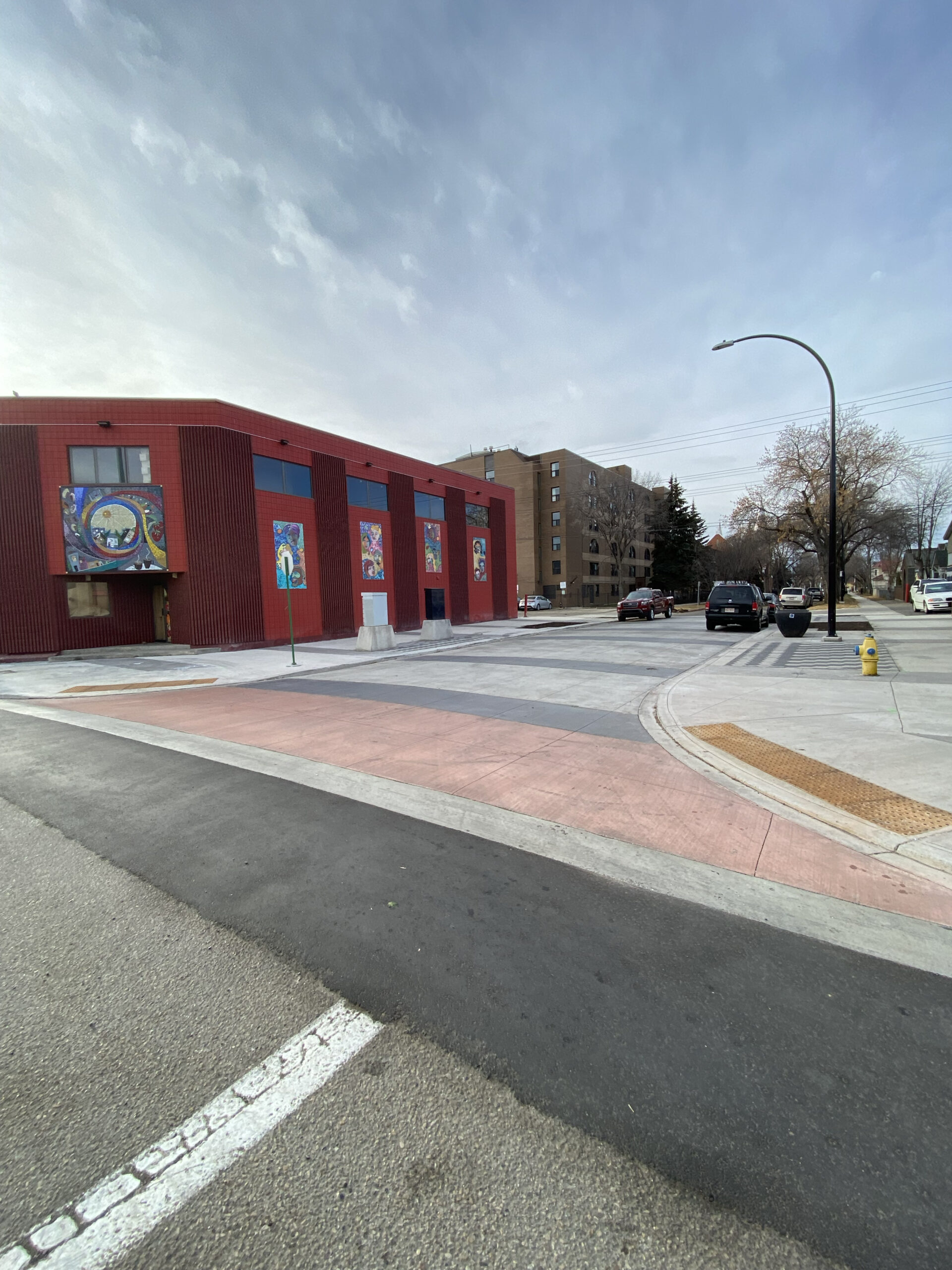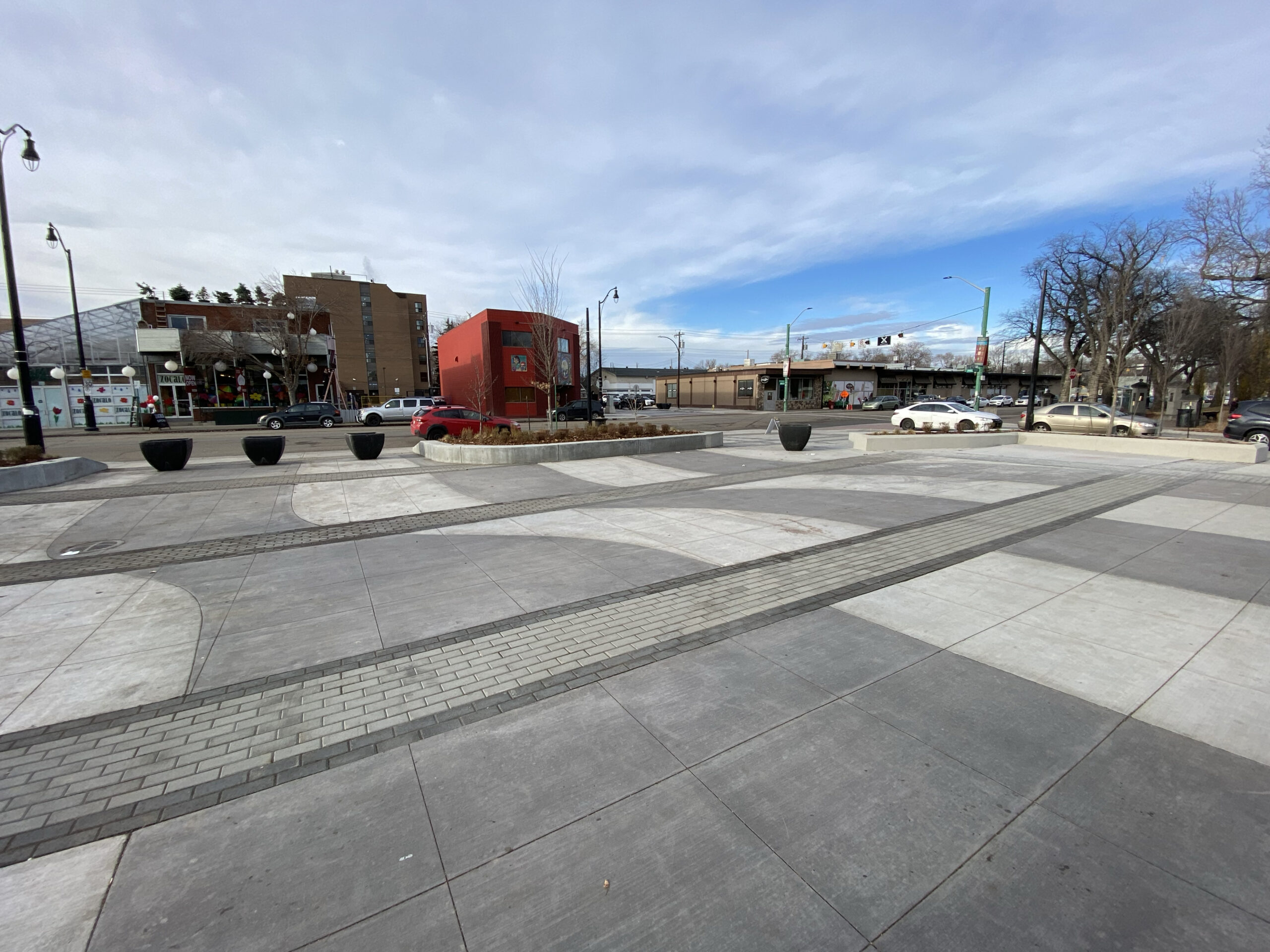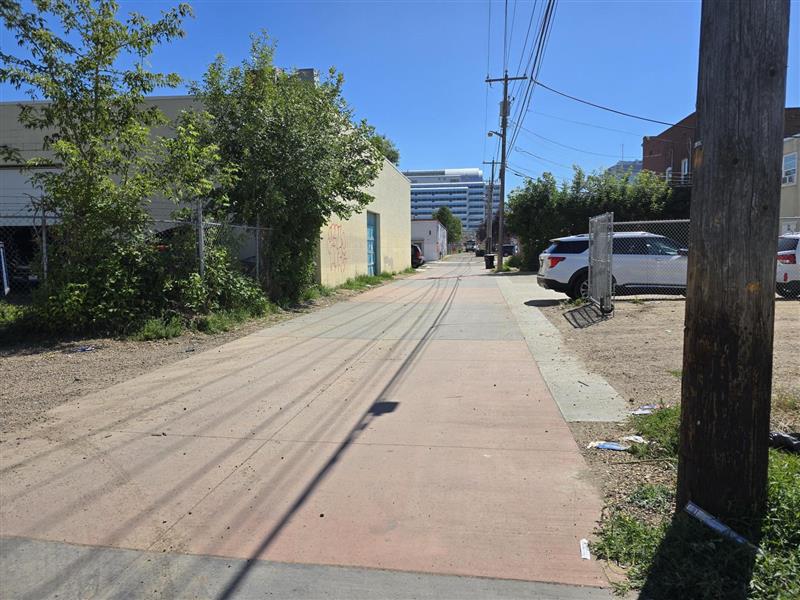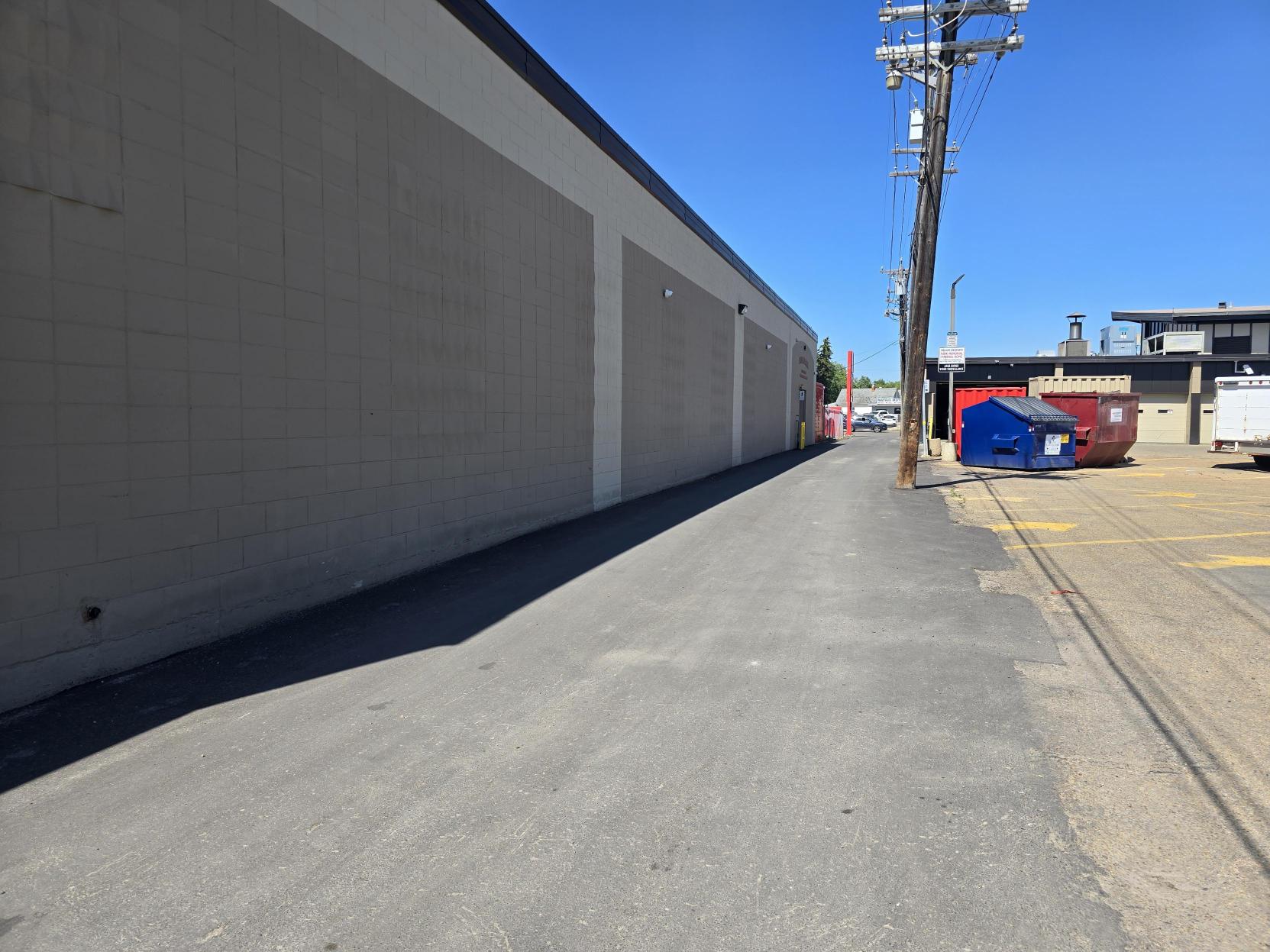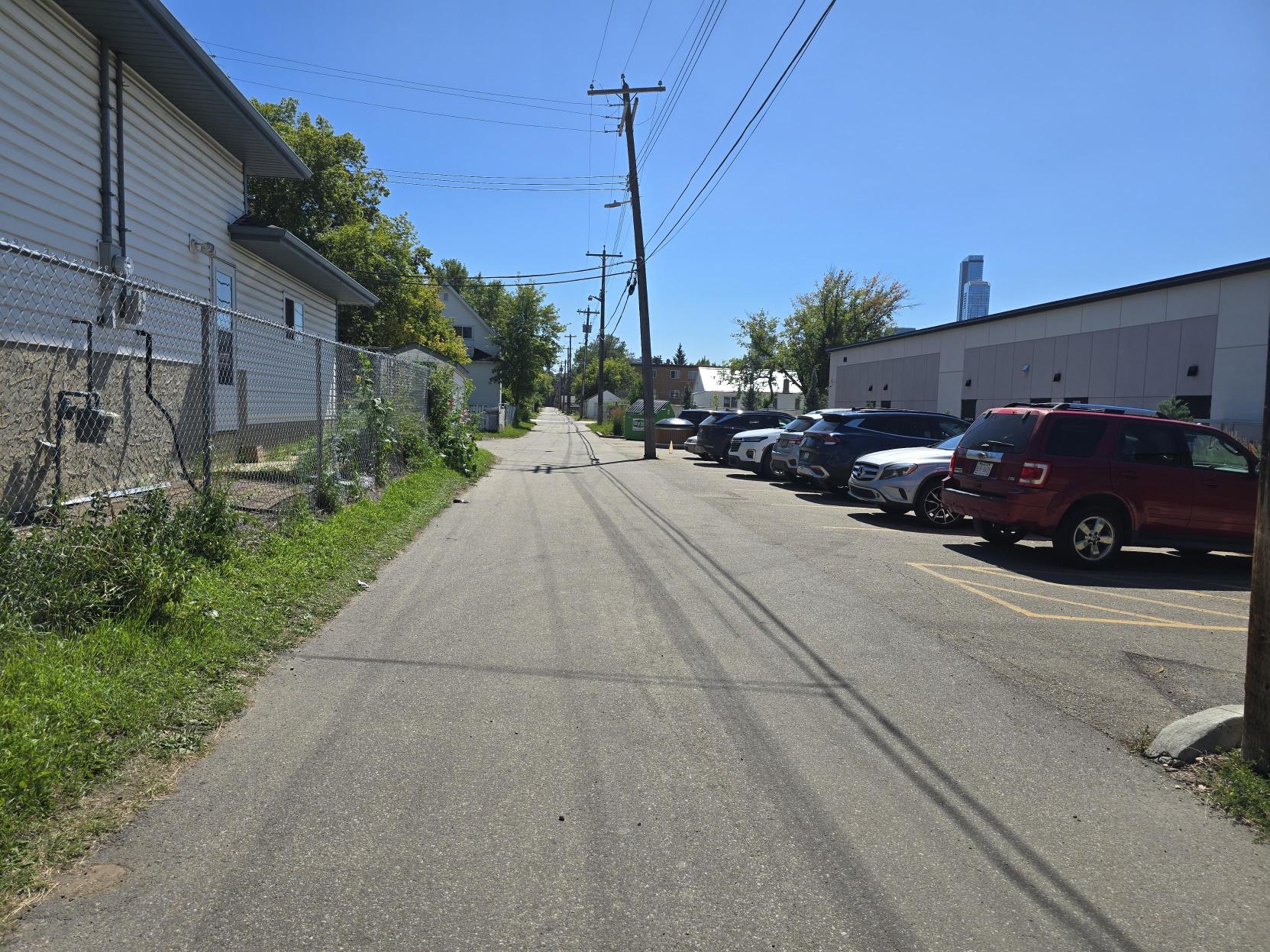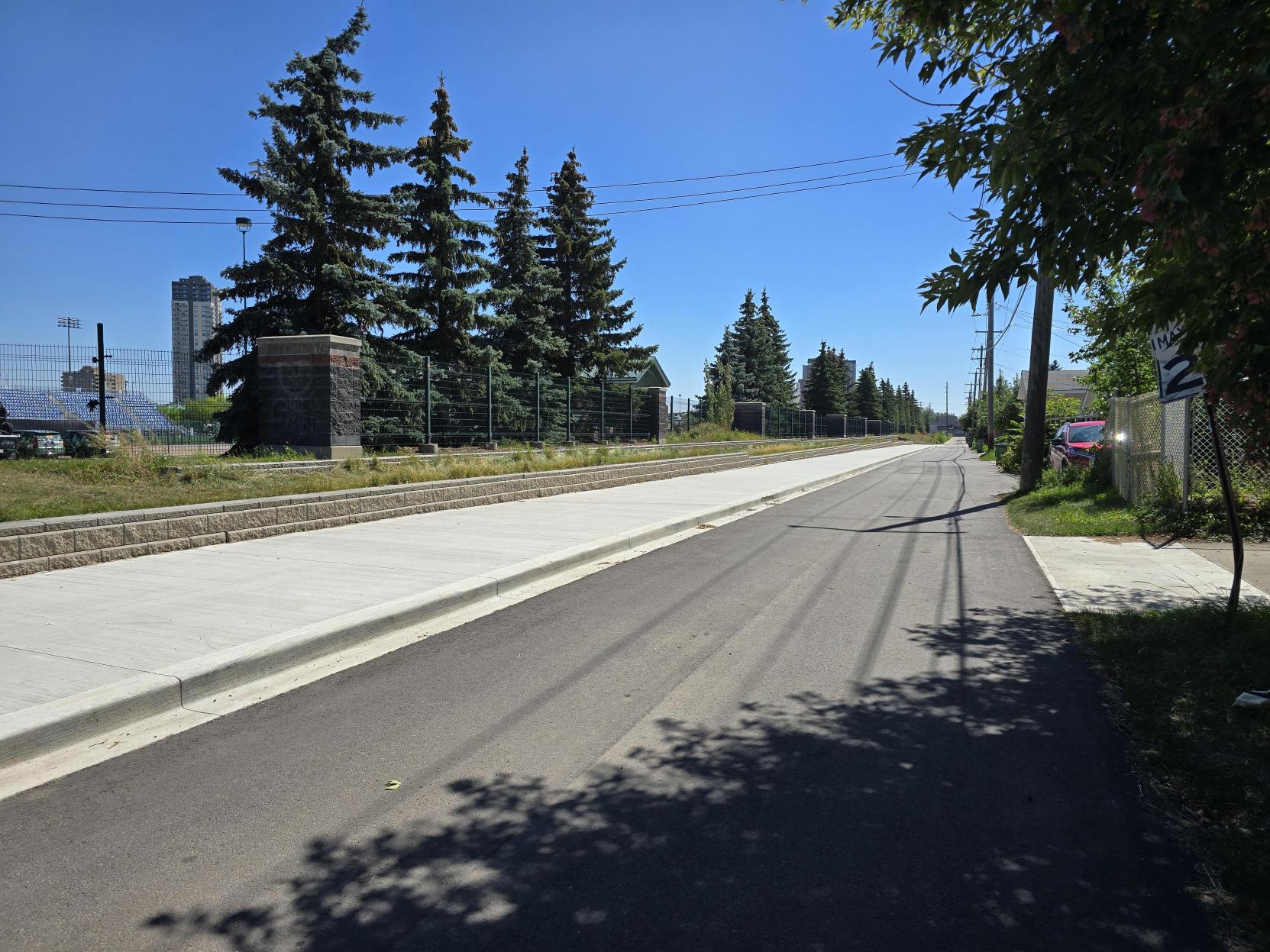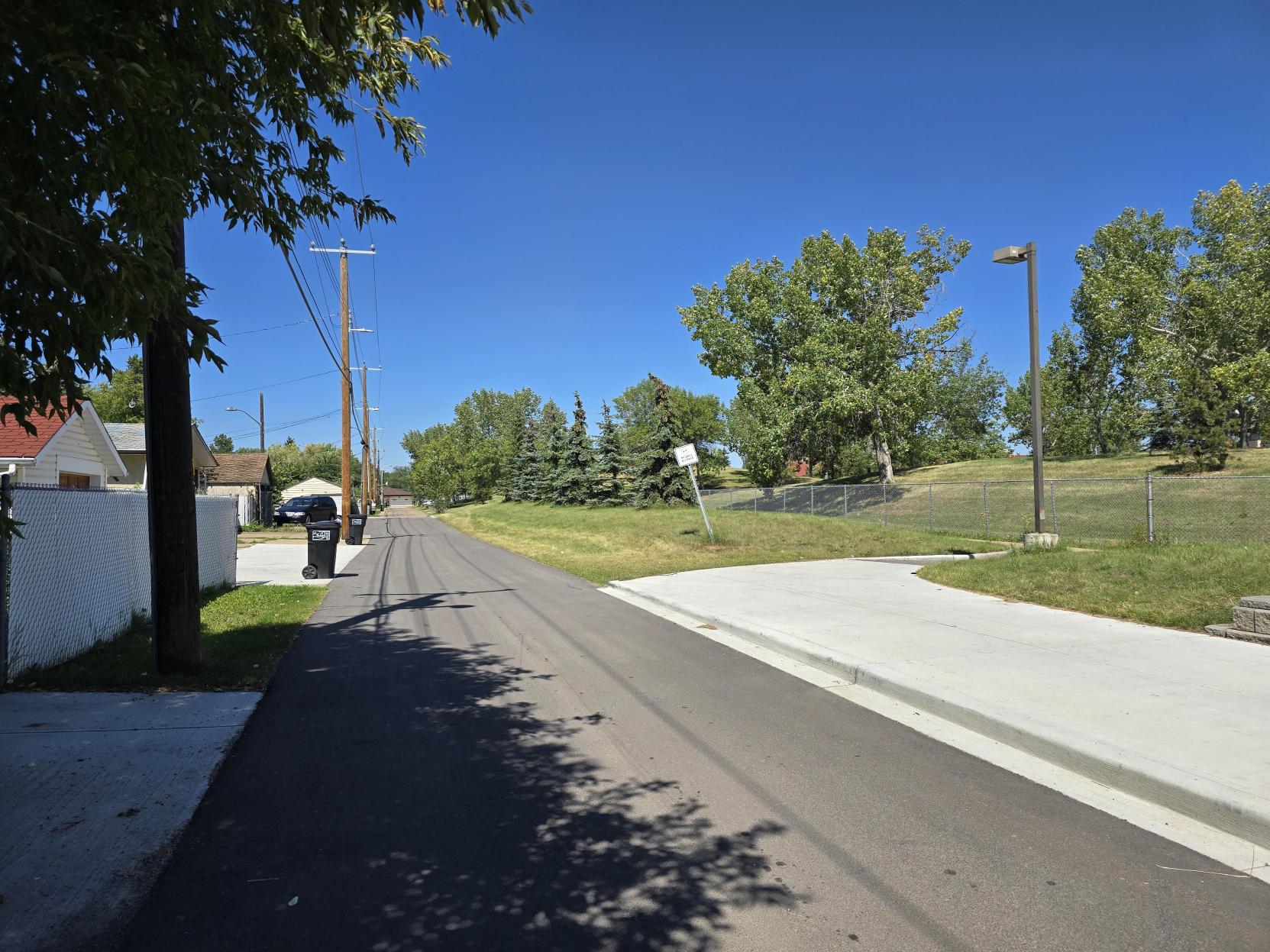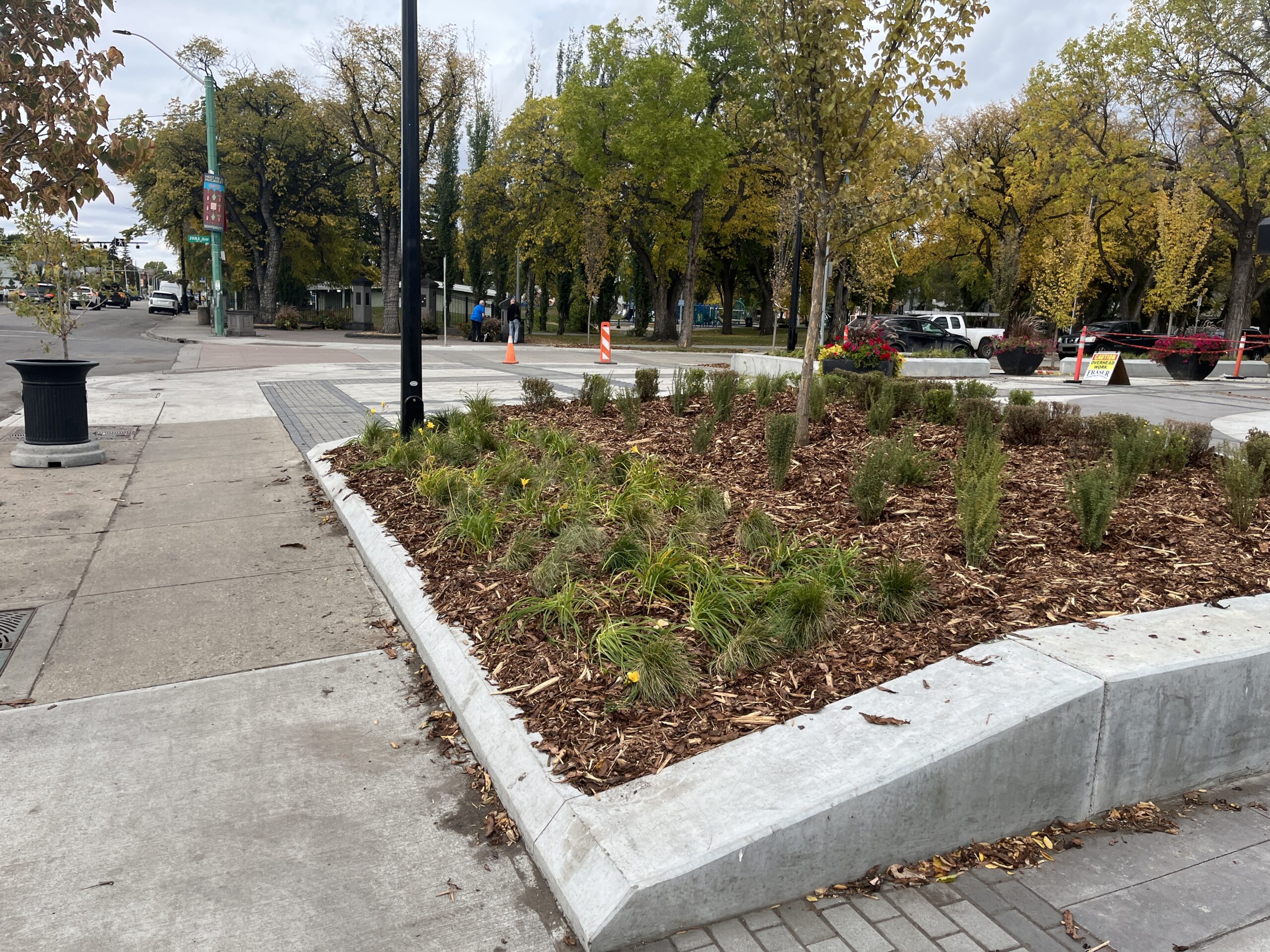Boyle Street and McCauley Neighbourhood Renewal
Just steps away from Edmonton’s downtown core, the neighbourhoods of Boyle Street and McCauley are rich in history, culture, and community spirit. Like many older urban areas, they face challenges like aging infrastructure, evolving transportation needs, and a balance between residential life and thriving businesses. Rather than replacing what was there, this project sets out to reimagine these neighbourhoods for the future.
The design team looked past “like‑for‑like” replacements and focused on creating spaces that make everyday life better. Safer, more inviting routes for walking and cycling encourage healthy and sustainable travel. Green infrastructure features manage stormwater naturally, reducing environmental impact. Parks and open spaces provide more places for people to gather, relax, and connect. Traffic calming measures make streets safer for pedestrians.
Boyle Street and McCauley aren’t just neighbourhoods—they’re cultural landmarks. The project embraced this richness by identifying special character areas like Chinatown, Little Italy, Church Street, and Okîsikow (Angel) Way. Each of these areas required unique design approaches to honour their heritage while supporting modern urban life.
This approach earned an Honourable Mention at the 2023 Edmonton Urban Design Awards for Urban Design Analysis and Preliminary Design—a testament to its innovative vision. But the impact goes beyond awards. This transit‑oriented project strengthens connections between Edmonton’s sports, arts, civic, and entertainment districts. It promotes densification and business growth around transit hubs, creating vibrant, walkable communities that attract people and investment.
Urban renewal is more than just roads and sidewalks; it shapes how people live, work, and interact. By blending infrastructure improvements with cultural respect and sustainability, this project sets a new standard for community‑focused design.
Okîsikow (Angel) Way
The Okîsikow (Angel) Way Urban Design Plan is a powerful testament to the essential role of stakeholder engagement and land based understanding in shaping meaningful urban places. The project’s original trajectory as a routine renewal was fundamentally transformed by the intervention of the City of Edmonton’s Indigenous Relations Office (IRO). This pivotal moment prompted the design team to listen and pivot, inviting Indigenous Elders, local leaders, and knowledge keepers to guide a new vision rooted in reconciliation and cultural celebration.
Okîsikow Way—Cree for “angel”—is an Edmonton street named to honour women and gender‑diverse people who have experienced violence. Originally introduced as an honourary name in 2011 through the national Angel Street Project, Okîsikow Way NW became an official street in June 2024. This enduring tribute, created with guidance from community groups and local Elders, is further distinguished by a street sign featuring artwork by the late Indigenous artist Gloria Neapetung, amplifying the voices of those affected by violence and reminding all who pass that support and solidarity are present.
The reimagined plan is a holistic framework that weaves Indigenous worldviews and stories into the urban environment. It introduces a circular plaza to accommodate ceremony, interpretive features, and design elements that support both social and environmental resilience. The plan integrates sustainable landscapes, improved active transportation, and flexible community spaces—striving for equity, accessibility, and wellness for all.
Since reconciliation and healing are key goals of this project, it is especially meaningful that, through engagement, we learned from Indigenous participants that teal is recognized as a healing colour. Reflecting this, the design incorporates a distinctive gradient of teal paving throughout the corridor. This not only harmonizes with the curvilinear layout, enhancing the pedestrian experience, but also transforms the streetscape through the lens of Indigenous worldviews. To achieve this vision, we worked closely with the manufacturer to develop custom pavers tailored specifically for Okîsikow Way.
The plan includes plaza planters with native and culturally significant plants like sage, bergamot, and milkweed. This design supports cultural expression and honours Indigenous knowledge and land connections.
The deep, iterative engagement that was undertaken sought to empower the community, resulting in a forward‑looking plan that not only enhances the corridor but also embodies Edmonton’s commitment to reconciliation and respect for Indigenous presence.
This design earned an Award of Merit at the 2025 Edmonton Urban Design Awards for Urban Design Plan.
